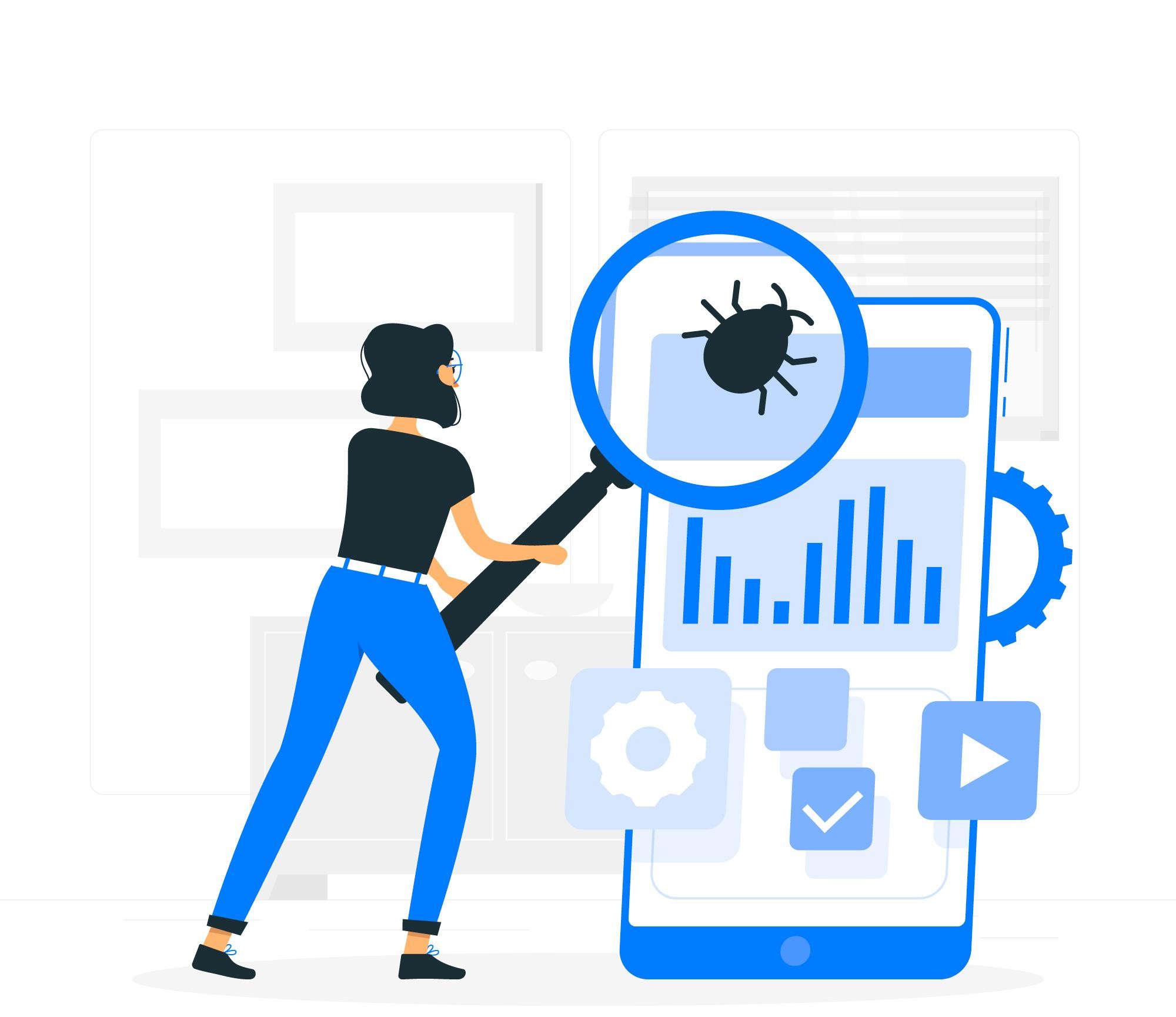Why Testing and QA are Crucial in the App Development Process
Nowadays, more and more people use their mobile devices, so applications have become an essential tool for everyone – clients and companies. Be it for business or personal usage, ranging from retail shopping to booking, social networking amongst others and even increasing productivity apps have become an app or handy daily. However, several components that define the characteristics of the final product are crucial to the app development cycle to guarantee that the product is the best it could be when it gets into the hands of the users.
Here in this article let’s discuss why Testing and QA are not only necessary but quite essential for any type of application and various reasons which justify its existence in the process of creating a perfect application.
Ensuring Functionality

The main purpose of any app is to fulfill one or more tasks or several tasks for individuals using the app. From buying an airplane ticket, and reporting the financial score to recording physical activities, the tool must perform as expected. This is where functional testing comes in handy.
Functional testing credits the fact that the app performs as per the laid down contract and specifications. It guarantees that each and every functionality on the application, every switch, and every single screen provides what was expected from it, and interactions between devices of various platforms are smooth.
Example: Think of a banking app where to login feature is not active or else users can’t transfer money with ease. Failure on these critical aspects would not only lead to the dissatisfaction of users but also the deterioration of the brand plus loss-making.
Identifying Bugs Early On

In any code, there are always mistakes, even if it is been written by experienced programmers. Bugs are practically a part of every developed app, the key here is to make sure that any that are found are addressed prior to the app being made available to the general public.
That is why there are tests: these bugs are much easier to recognize and overcome in the earliest stages of the project, and once the program is launched, it will be much more difficult. They can be easily solved by the developers without affecting the entire project duration significantly.
Example: You may well imagine a gaming application that freezes at some point when the game is about to reach its climax or an e-commerce site where customers cannot pay their money for the products they wish to purchase because of a particular bug. Such bugs if not identified and fixed early enough are dangerous when the application hits the market.
Improving the quality of experience of the users
 An app may hold fantastic and unique special features, but if the app is slow, has many problems, or is too complicated and thus, the consumers will have no choice but to abandon the app. On no account is there anyone who can doubt the importance of testing in the attempt to achieve an excellent level of User Experience with specific regard to the assessment of usability issues, or the measure of consistency between designs, or the appraisal of the capability of devices under certain conditions.
An app may hold fantastic and unique special features, but if the app is slow, has many problems, or is too complicated and thus, the consumers will have no choice but to abandon the app. On no account is there anyone who can doubt the importance of testing in the attempt to achieve an excellent level of User Experience with specific regard to the assessment of usability issues, or the measure of consistency between designs, or the appraisal of the capability of devices under certain conditions.
Regarding usability, during the testing, the testers mimic how the actual users will use the app. They can then point out areas that may only slow down the process, interfaces that may cause confusion or extra and unnecessary steps that may reduce the impact. Mitigating these issues, app developers can provide a far more compelling UX to consumers, making the apps more appealing.
Example: Just imagine that an app has a good registration process or interface but it is too complicated to reach all its functions – people for sure won’t use it. It is remarkable that with proper QA, these kinds of problems are solved to allow users to do what they want to do without getting frustrated.
Maintaining App Performance

Any app that slows down, freezes, or consumes battery charge will most likely experience a twinkle in usage. Performance testing is whereby the capability of the app to perform well basic and complex tasks under limited and high use is tested and determines how the app performs under pressure as to the amount of battery and data it consumes.
Performance testing deals with features such as how fast and flicker-free the app is, and how it performs under low bandwidth or when other processes are running in the background. It also allows the developers to ensure the application is on different devices and is suitable for both large-screen and small-screen devices.
Example: A food delivery application that halts at the final stage, or takes forever to load menus means poor user interface and may result in loss of sales. Various performance tests eliminate such concerns.
Ensuring Compatibility Across Devices and Platforms

Unlike other lines of business, there is no specific size of an app, which can be considered standard. Because of the numerous operating systems available today and the many kinds of devices (Handset, tablet, etc), the apps must be developed under one or other of the operating systems. The design for different devices and platforms has become mandatory these days till a user is using any kind of device at any time.
Compatibility testing only signifies that the application does not misbehave or develop glitches when used on other or other hardware products, screen sizes, or operating system versions. Without it, an app can work well on one make of device it would not work well on another and this is not good news for the users of the app and consequently for the app developer.
Example: An app that is streaming a movie or television show may perform excellently on the latest models of smartphones while the interface alignment may be off or the streaming may be slow on older generation phones. That is why compatibility testing allows for solving such problems at the beginning of the project.
Strengthening Security

As we know apps are exposed to numerous threats, their unsecured nature sometimes results in theft, fraud, and even legal actions. Customers expect their data will remain protected when utilizing an application, and anything to the contrary takes a long time to forget, especially regarding brands.
The other quality assurance process involves security testing aimed at ensuring that the app cannot be hacked, have its data stolen, or its users’ identity falsified. This makes certain extra user information never leak away and helps the app conform to privacy policies including GDPR.
Example: A ride-sharing app that doesn’t safeguard users’ information like payment details or any physical address is then a hub for hackers. Security testing guarantees to make sure that the sensitive information is protected by virtue of the fact that appropriate encryption methods are used, and that appropriate coding techniques are used throughout the developmental stages.
Conclusion
Testing and QA are not simply technical processes – they are the means to ship a solid application that people will like and find reliable. Regardless of whether it involves making functions more efficient, increasing overall user satisfaction, increasing performance, or protecting data, the processes make sure that your app is stable, safe, and easy to use.
When there are so many similar apps in a given industry, then uploading a perfected application is the best way of creating trust among customers and ensuring that you are different from the rest of the competition. Fund testing early so that you can catch bad functionality before it has a chance to ruin your users’ experience.
If you are looking for high-quality web or app development services feel free to drop us a message. We’re always happy to help you bring your digital projects to life!
